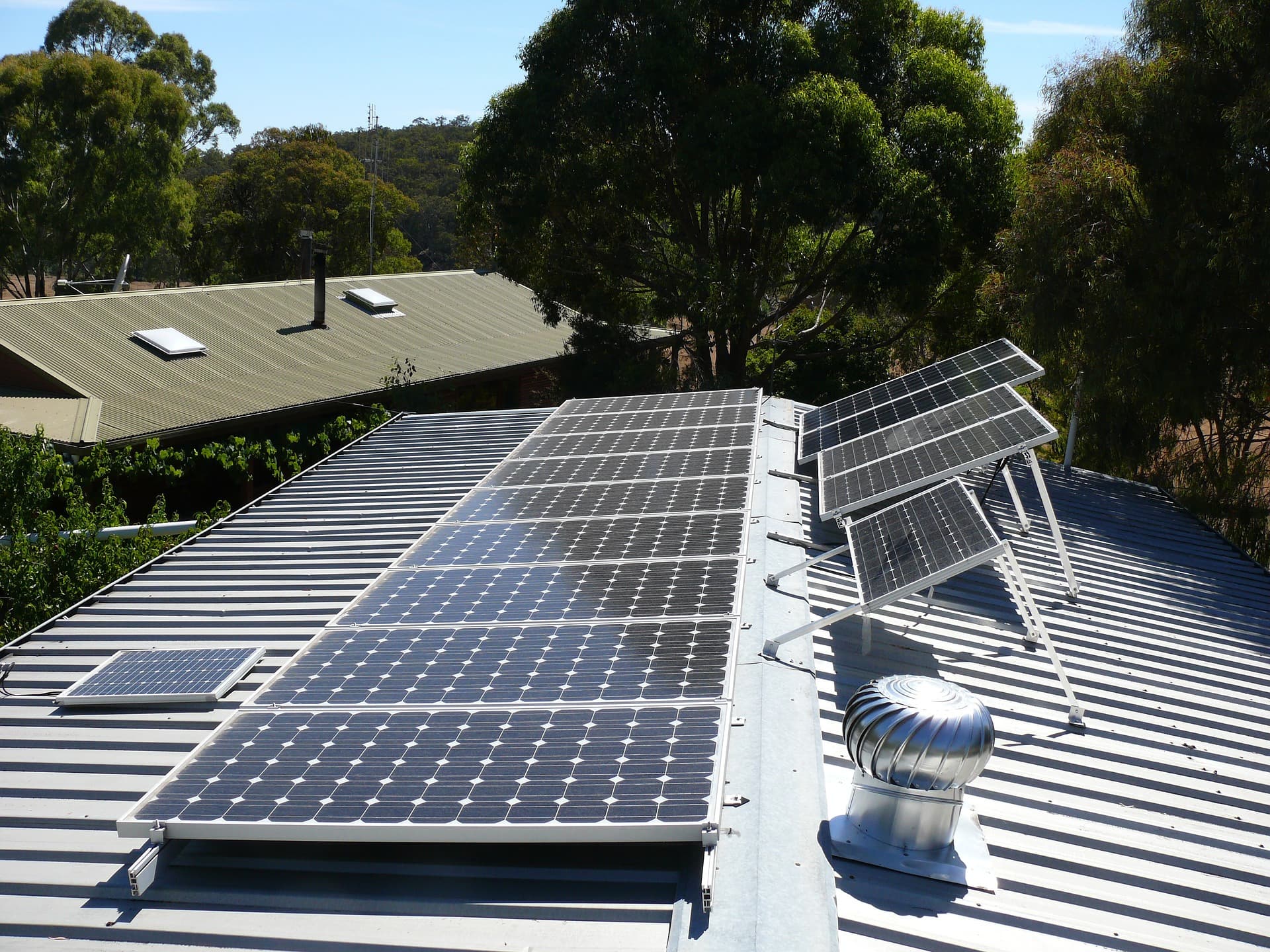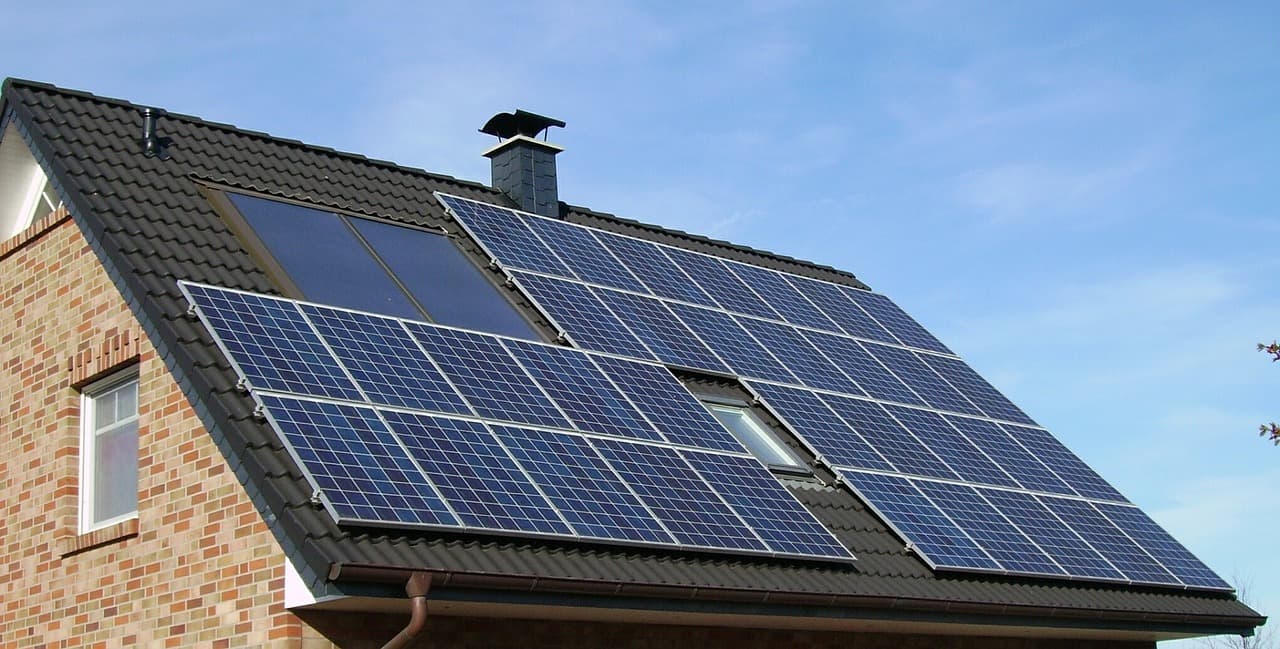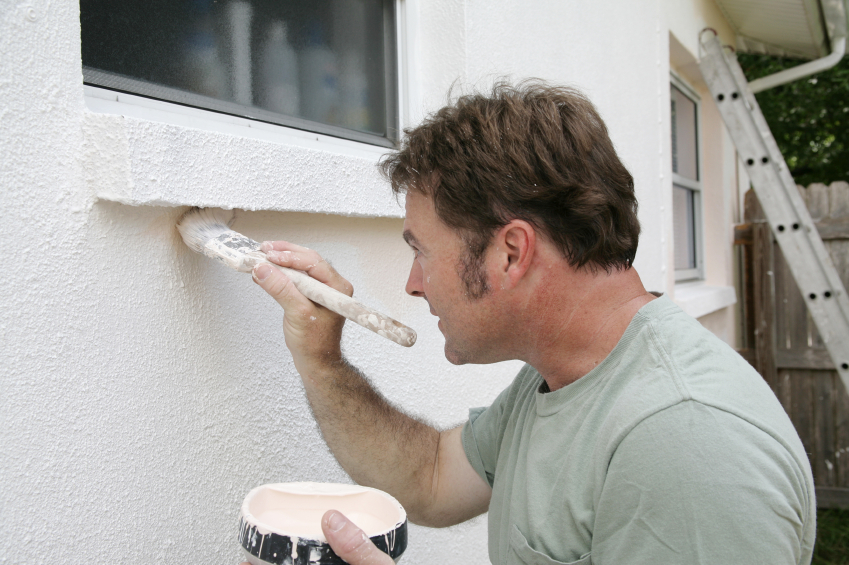Whether you’re revamping your downstairs bathroom, or constructing an outbuilding from scratch – hiring a forklift can boost the efficiency of your project. From saving you money and time, to doing the heavy lifting when manual labourers are struggling, there are a few key reasons why you should consider hiring a forklift for your home endeavour.
Fixed monthly costs
Bigger projects may need lots of heavy lifting, and the most cost-efficient way to approach a project is through hiring a forklift, rather than employing lots of manual labourers. When you hire a forklift, you pay only fixed monthly costs and will not be surprised with any sudden repair or maintenance bills – your forklift hire company will cover any problems the moment they arise without you needing to fork out. This payment plan allows for greater flexibility and cost-efficiency in the long run, particularly in regards to short-term hire.
Time-efficiency
Forklifts can not only save you money, but also time. The ease of movement and lifting that these machines bring to your project can save a lot of time and effort, and also potentially prevent injury from workers overstretching themselves. Consequently, hiring a forklift can also enhance the time-efficiency of your project.
Regular maintenance and servicing
Hiring from a forklift specialist means that you can rest assured that your hired machine will have undergone regular maintenance and servicing to ensure optimal performance and quality before you receive it. What’s more, if your forklift experiences issues mid-project, a professional can attend to the problem and offer a resolution – this comes from the specialists’ in-depth knowledge of all the makes and models they supply.
Flexibility
Different aspects of your project may require different machine capabilities – the good news is that machines can be easily swapped or upgraded when using a professional company, such as East Midlands Forklifts. This gives you total flexibility and reassurance in the knowledge that you can access the right forklift at the right time. Very often, different lease periods can also be agreed to adapt to your project’s schedule.
Can handle large projects
Forklifts are designed to tackle big projects and heavy weights and are most often seen on large construction sites or in warehouses. However, they can also prove useful on home construction projects too, such as home renovations, landscaping projects, construction of outbuildings, or extensions. No matter how ambitious your project, forklifts can handle it. Simply get in touch with a specialist who can advise on exactly the right make and model for your needs.
East Midlands Forklifts are a leading authority on forklifts in their area, specialising in the supply, repair and maintenance of a wide range of trusted makes and models.
The post 5 Reasons To Hire a Forklift For Your Home Project appeared first on UK Home Improvement Blog.
from UK Home Improvement Blog http://www.ukhomeimprovement.co.uk/5-reasons-to-hire-a-forklift-for-your-home-project/









